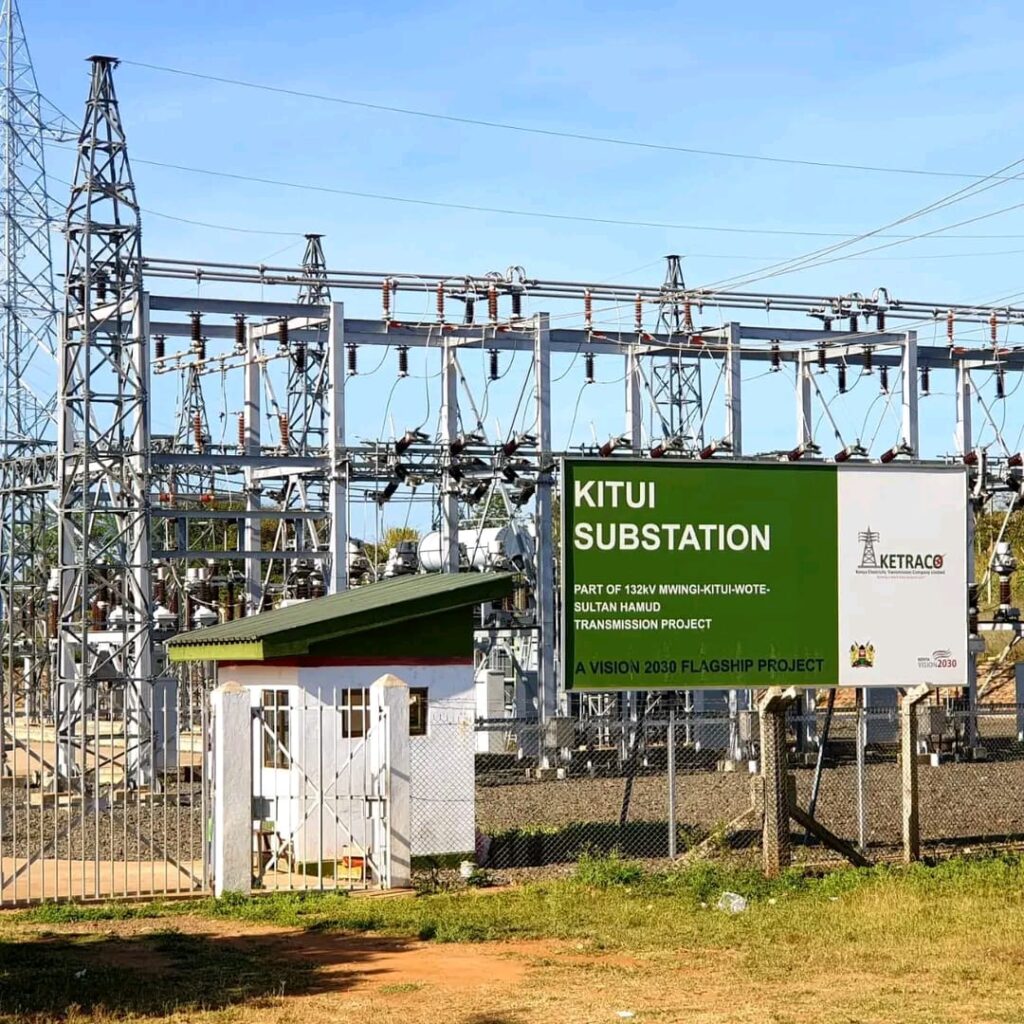Kenya’s electrification rate has made significant strides, rising from 23 per cent in 2013 to nearly 75 per cent in 2024. This progress reflects the country’s commitment to Kenya Vision 2030, Sustainable Development Goal 7 (SDG 7), and the Bottom-Up Economic Transformation Agenda (BETA), all of which target universal access to affordable, reliable, and sustainable energy by 2030.
Aligned with the Paris Agreement of 2015 and Kenya’s pledge to achieve net-zero emissions by 2050, the country has prioritized renewable energy sources. Today, over 90 per cent of Kenya’s electricity comes from clean sources, including geothermal, hydropower, wind, solar, and biomass.
Despite urban electrification standing at 90 per cent, rural areas still lag at 37.3 per cent. To bridge this gap, government agencies under the Ministry of Energy and Petroleum recently converged in Kitui County to expand the region’s power grid. The initiative coincided with the National Mashujaa Day celebrations and aimed to boost the county’s energy access and reliability.
Key energy institutions played critical roles in the project:
- Kenya Electricity Generating Company (KenGen) spearheaded power generation.
- Kenya Electricity Transmission Company (KETRACO) enhanced high-voltage transmission.
- Kenya Power and Lighting Company (KPLC) ensured steady electricity distribution.
- Rural Electrification and Renewable Energy Corporation (REREC) powered remote areas using solar mini-grids and off-grid systems.
- Energy and Petroleum Regulatory Authority (EPRA) upheld safety, fair pricing, and transparency.
- National Oil Corporation of Kenya (NOCK) managed petroleum supply and exploration.
In Kitui, REREC’s renewable projects have already transformed lives. Off-grid solar systems now illuminate schools, power medical facilities, and fuel small businesses. These efforts exemplify how coordinated government action can accelerate rural electrification, promote sustainable development, and power Kenya’s journey toward a cleaner and more inclusive energy future.

